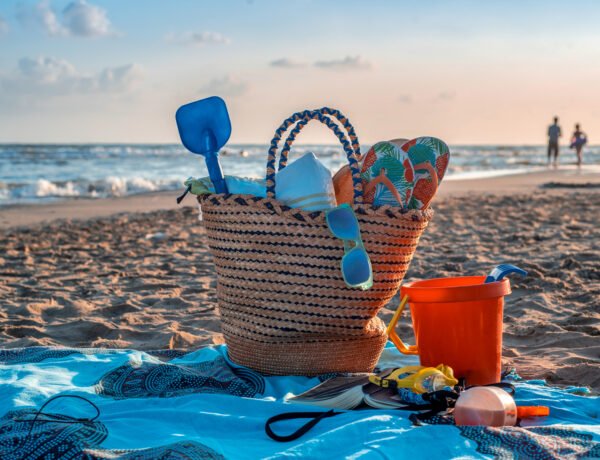Microliving for Modern Nomads: A Shift Toward Minimalism
Microliving has become a defining trend for modern nomads, with more people embracing minimalist lifestyles by downsizing into tiny homes or adopting van life. This movement reflects a growing desire to simplify life, reduce reliance on material possessions, and prioritize experiences. As living costs increase and urban spaces become more congested, microliving offers an alternative way to live freely while maintaining flexibility and financial independence.
Tiny Homes: Downsizing for Simplicity and Freedom
Tiny homes, typically less than 500 square feet, offer a minimalist and functional approach to living. Designed to optimize space, these homes are appealing to those looking to declutter their lives and minimize their environmental footprint. For modern nomads, tiny homes are more than just a physical space—they symbolize a lifestyle of freedom, where less is truly more. The downsizing process allows individuals to focus on what is essential, both in terms of material possessions and lifestyle choices, while also drastically cutting down on living costs like rent and utilities.
Van Life: Embracing Mobility and Flexibility
Alongside tiny homes, van life has gained significant popularity among those seeking flexibility and mobility. Van life allows people to live on the road, often converting camper vans or buses into fully functional living spaces. The rise of remote work has fueled this trend, enabling individuals to travel and work from anywhere. Van life offers unparalleled freedom, allowing modern nomads to explore different places while carrying their home with them. This mobility appeals to those who value new experiences over traditional homeownership or a stationary lifestyle.
Minimalism as a Way of Life
At the heart of the microliving movement is the principle of minimalism. Whether in tiny homes or converted vans, modern nomads are embracing a lifestyle that focuses on simplicity, purpose, and sustainability. By choosing to live with fewer possessions, individuals can reduce their environmental impact and experience greater financial freedom. Minimalism also aligns with the growing trend of conscious consumption, where individuals are mindful of the items they own and the resources they use. For many, microliving represents a shift away from consumerism toward a more intentional and experience-focused life.
Financial and Environmental Benefits
In addition to simplifying their lives, those embracing microliving often enjoy significant financial benefits. Tiny homes and van life are much more affordable than traditional housing, allowing individuals to save on rent or mortgage payments, utilities, and maintenance costs. This affordability enables nomads to spend more money on experiences, travel, or personal projects. Additionally, these smaller living spaces are often designed with sustainability in mind, using less energy and producing less waste than larger homes. Solar panels, composting toilets, and rainwater collection systems are common features in these eco-friendly setups.
Community and Connection
One surprising aspect of the microliving movement is the sense of community it fosters. Tiny home villages, van life meetups, and online forums allow modern nomads to connect with like-minded individuals who share similar values. These communities offer support, advice, and camaraderie, helping people navigate the unique challenges of microliving. Whether through social media or in-person gatherings, microliving enthusiasts form tight-knit networks that emphasize connection over isolation, debunking the myth that minimalism equates to loneliness.
Prioritizing Experiences Over Material Possessions
Perhaps the most appealing aspect of microliving for modern nomads is the ability to prioritize experiences over material possessions. By reducing their reliance on physical objects, individuals can focus on traveling, learning, and building meaningful relationships. This shift from owning to experiencing is a core tenet of microliving, where freedom, adventure, and personal growth take precedence over accumulating wealth or material goods.
The Future of Microliving
As the world becomes more urbanized and people seek alternatives to traditional housing, the microliving movement is expected to grow. Tiny homes, van life, and other minimalist lifestyles offer practical solutions for those looking to live more sustainably and intentionally. The future of microliving will likely see innovations in design, technology, and community-building, making it an increasingly viable option for individuals from all walks of life who seek freedom and simplicity.
In conclusion, microliving for modern nomads represents a shift toward minimalism and flexibility, where tiny homes and van life provide alternatives to conventional housing. This movement is rooted in the desire to simplify life, reduce environmental impact, and prioritize experiences, offering a practical and fulfilling lifestyle for those who embrace it.



